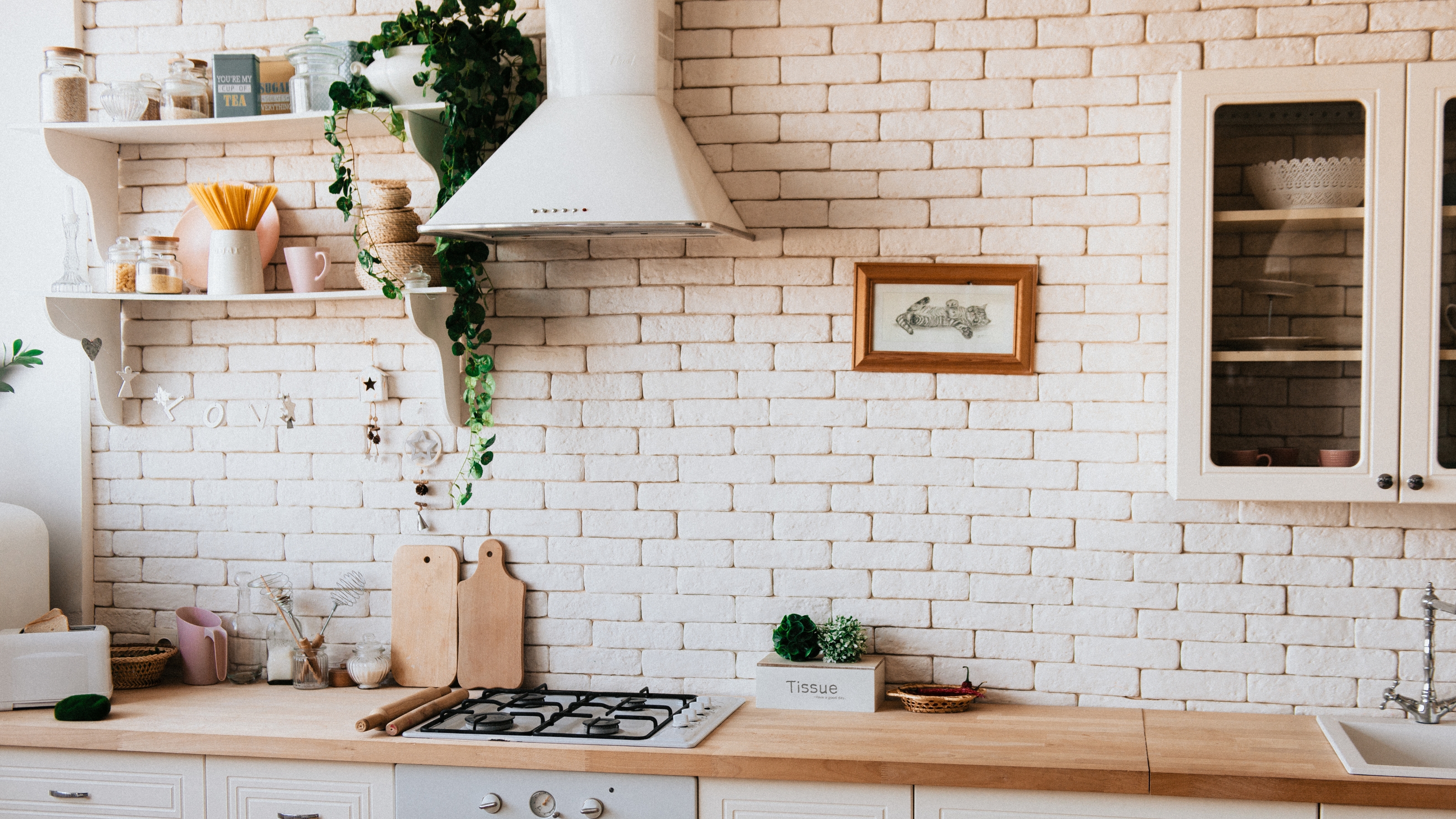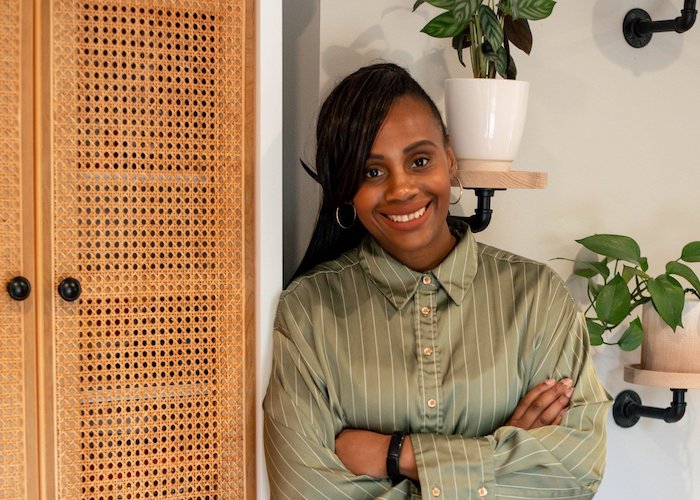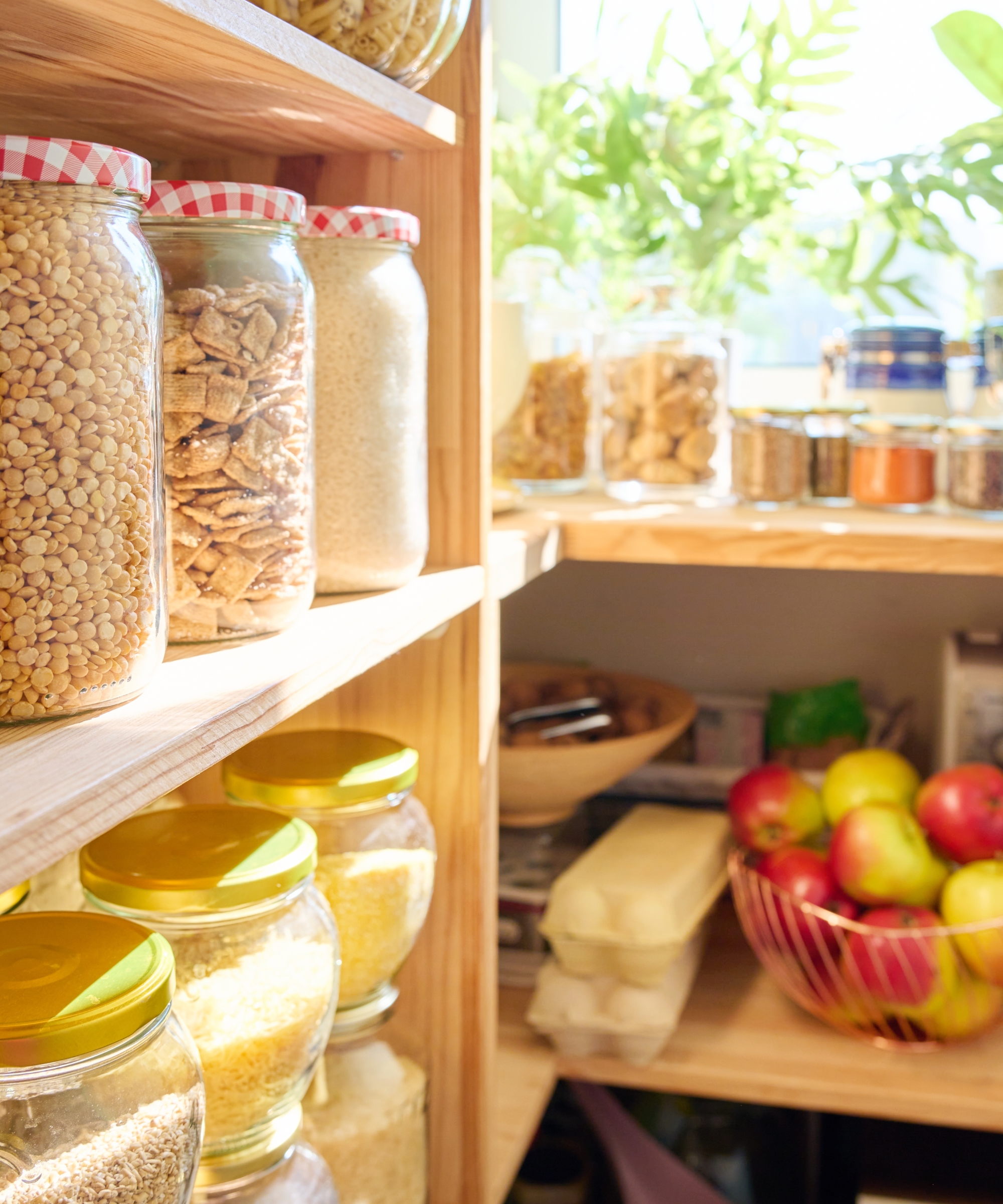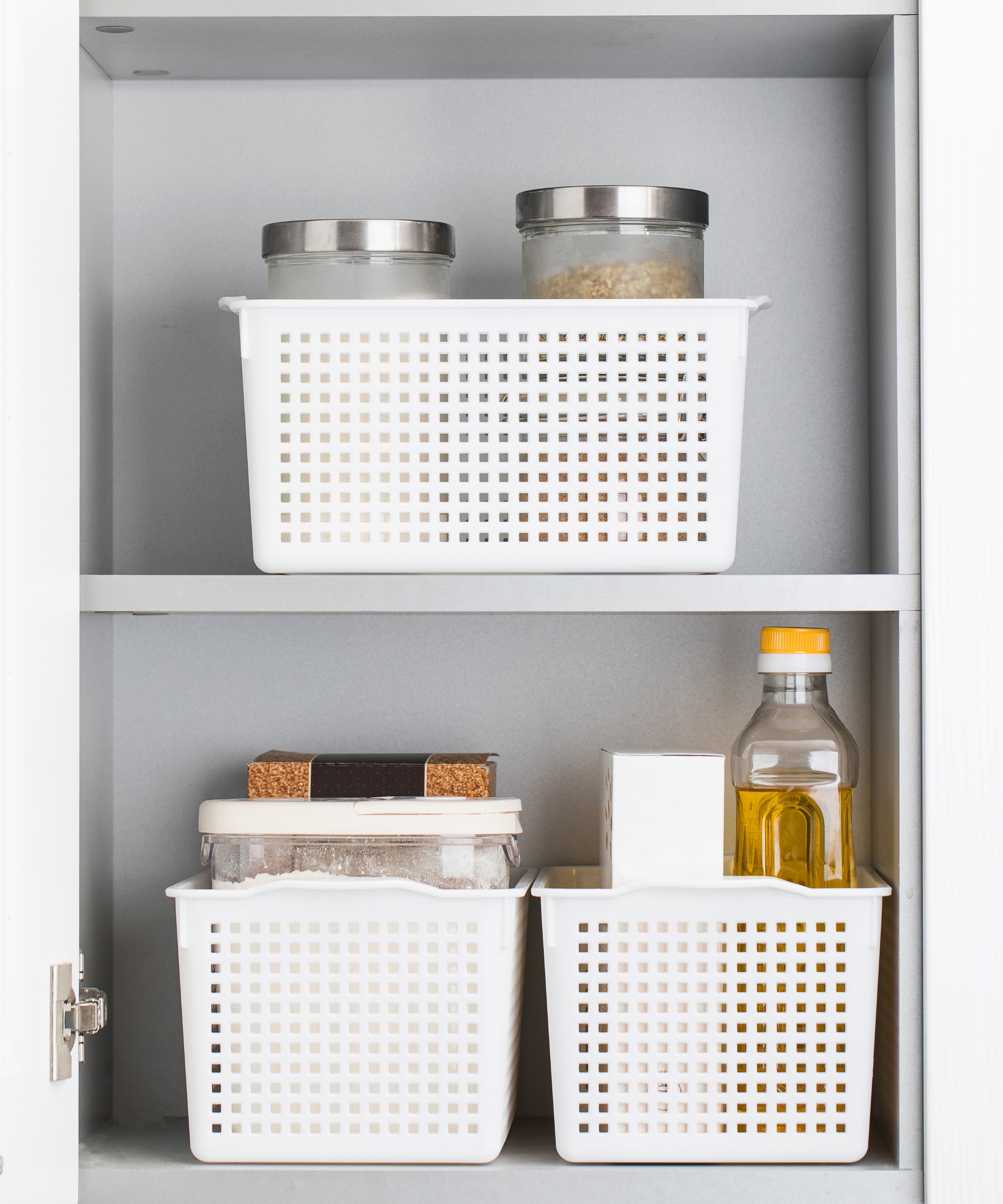

When working out exactly how to declutter a kitchen in its entirety, it can feel a mammoth task. But doing things in an expert-approved order will make clearing this room, with all its cabinets, drawers, and shelves less daunting.
To make decluttering your kitchen as easy as possible, our panel of pros, including brilliant organization experts, have spilled the beans on their best hacks for streamlining this process, as well as what to tackle first.
Starting with the kitchen when decluttering your home can make a big impact, especially with the space being so function-led and vital to the way your home runs. Trash bags at the ready!
How to declutter a kitchen like a pro
Decluttering and organizing a kitchen can take hours, especially if the space is packed to the rafters. But professional organizer, Shantae Duckworth shares plenty of tips for getting started, tackling one section at a time to avoid the dreaded overwhelm.
"Start with a specific area, like a drawer or a shelf, and complete it before moving on to the next. Breaking down the task into smaller, manageable parts ensures steady progress," she says.

Shantae Duckworth is a professional organizer and founder of Shantaeize Your Space in Seattle, Washington. She is a Member of National Association of Black Professional Organizers, and member of the Black Girls Who Organize Group. She is a public speaker and writes about organization, too.
1. Focus on high-traffic areas first

Take a look at the areas in your kitchen that get the most use first, as these are most likely to be clobbered with clutter.
Shantae says, “Begin by decluttering the high-traffic areas of your kitchen, such as drawers, and cabinets. These spaces are often the most visible and frequently used. Remove items that don't belong or are rarely used to create a more organized and functional environment.”
Professional organizer, Jean Prominski says, “When decluttering a kitchen, start by clearing off a workspace, such as a table or countertop, so you can easily sort what you have. Once you’ve done that, declutter the easiest items, so you can feel accomplished and gain momentum.
"Group-like items. For example, mugs.Clean the ones in the sink or dishwasher, then look at the collection as a whole. When you can see all the mugs you have in one place, it'll make deciding which to cull easier."
2. Get the countertops clear
For decluttering your countertops, Shantae advises, “Clear them off first, only keeping essential items you use for cooking or daily tasks. This will create a clean and visually appealing surface to work with for the rest of your declutter.”
Use storage bins (such asthese clear plastic storage bins from Amazon) to keep them tidy moving forward. Alternatively, a set of stackable, sliding trays from Amazon that stand on your countertop as additional storage can also work well. With them being see-through, they won't feel like a blocky storage item, but hopefully, blend into the surroundings.
Professional home organizer Sam Thomason, adds, “My biggest tip for staying clutter-free is to have a designated spot for everything." This will stop you feeling overwhelmed with small kitchen clutter and allowing things to pile up again.

Sam Thomason is a home organizer, DIY expert, arts and crafts master, and the founder of Simple Everyday Mom. There, she shares printable party and educational materials for children as a true kids' activities enthusiast.
3. Clear out the pantry

If you’re lucky enough to have a food storage cupboard in your kitchen, the next step should be to focus on organizing your pantry.
Admittedly, this space may be a little more challenging to organize, depending on its size, but if you follow the right steps, it’s easily doable. Storage tools, such as stackable plastic boxes from Target, work well for this kind of space. And who doesn't like a uniform pantry storage organizers?
Shantae advises,"Remove expired or unused food items. Group similar things together and consider using storage containers or baskets to keep things organized. This makes it easier to see what you have and helps prevent overbuying.”
4. Empty and organize the fridge
Organize the refrigerator next. Shantae says, "Dispose of expired items, old leftovers, and anything that is no longer fresh. Wipe down shelves and drawers, and consider using clear containers for better visibility. Organize the contents by categories to streamline meal planning.”
While you can’t see inside the fridge, if it’s a cluttered and messy space it’s going to impact how organized your kitchen feels as you move around and cook. It's time well-spent tending to fridge organization.
To keep the inside of the fridge neat, using fridge storage bins such asplastic storage baskets from Target work really well.
5. Clean out the utensil drawer

The utensil drawer is another high-traffic area in the kitchen you don’t want to forget when decluttering.
Shantae says, “These drawers tend to accumulate items over time. Remove any duplicate or rarely used utensils. Invest in dividers to keep similar items together and make it easier to find what you need. This step enhances the functionality of your kitchen workspace.”
For easier decluttering, organization expert Jean Prominski says, “Pace yourself during this task and have boxes ready for donations. Instead of letting your guilt get to you about giving things away, think of it as giving your items a new home where they will be cherished and loved instead of stashed in the back of a cabinet, never to be used.”
To make this easier, Bobby Berk's decluttering hack may come in useful, as this involves taking ten minutes at a time to tidy your drawers.

An artist, productivity coach, and professional organizer, Jean Prominski is the founder of Seattle Sparkle, LLC, a company that helps its clients reorganize their homes into clean, organized, manageable, relaxing, and inspiring spaces.
6. Evaluate your appliances
You might think you need all of your appliances but chances are, you probably don’t. Shantae says, “Evaluate small kitchen appliances, keeping the ones you use frequently and serve multiple purposes.
“If you have duplicates or items you rarely use, consider donating or selling them. This frees up counter and storage space for more essentials.”
7. Sort and categorize your items

When moving items around in your kitchen, it’s a good idea to categorize and group similar items together, such as utensils, pots, and pans, or pantry items.
Shantae says, “This not only helps you see the quantity of each category, but also makes it easier to find and access what you need.”
8. Invest in organizational tools
Once you’ve spent time clearing out each area of your kitchen, it’s important to ensure you have all of the key kitchen storage tools you need to keep each area neat and ordered.
Shantae says, “Consider investing in organizational tools to maximize space and keep items in order. Drawer dividers, shelf risers, and clear containers can help streamline your kitchen storage. Assess the available space and choose tools that enhance accessibility and visibility.”
To prevent clutter returning to your kitchen, schedule regular decluttering sessions. Shantae advises setting time aside every few months to reassess your kitchen items, discard expired items, and reorganize as needed.
She adds, “Adopt a one in, one out rule for kitchen items, donating, selling, or discarding a similar item every time you bring something new home to maintain a balanced and clutter-free space."
Now your kitchen has oodles of space, you can keep on top of it with regular decluttering and avoid things building up to critical mass.
For more in depth decluttering, we've drilled experts for deeper advice on how to declutter kitchen drawers. With all the oodlesof space you're left with, take inspiration from celebs — our shopping wiz tracked down actress Candice King's kitchen appliances helping her survive a renovation.
Join our newsletter
Get small space home decor ideas, celeb inspiration, DIY tips and more, straight to your inbox!

Hi! I’m Beth Mahoney and I’m a former staff writer at Real Homes. I’ve been a journalist for the national press for the past six years, specializing in commerce and trends-related lifestyle articles, from product reviews and listicles to guides and features. With an eye for pretty things (think: quirky wall prints, scalloped edge furniture, and decadent-looking tableware) but a limited budget, I love nothing more than a bargain buy.